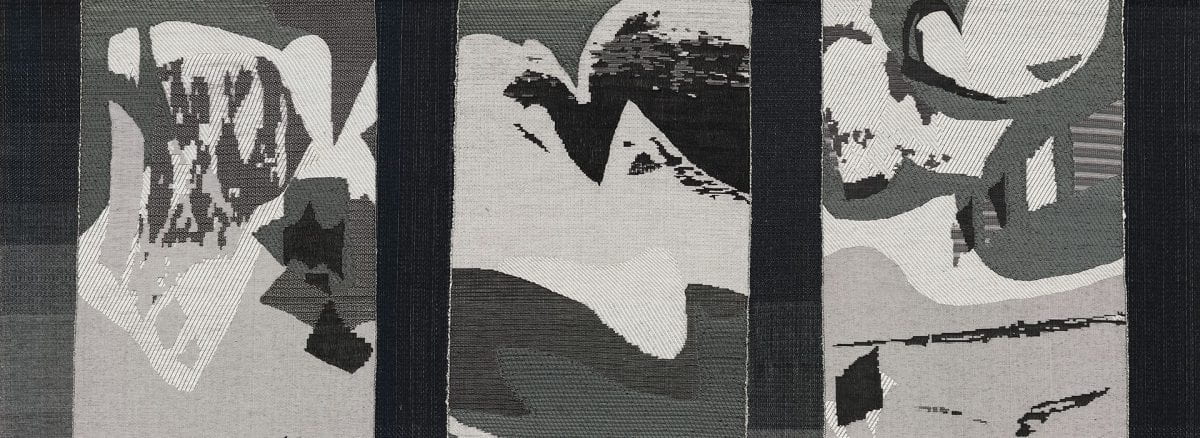Born in western Massachusetts in 1934, Cynthia Schira learned to weave in college after receiving a scholarship earmarked for textile study. The experience guided her in to a decades-long weaving career and international recognition as one of the most influential figures in contemporary textile art.
Schira weaves with emotion, but her work is also rooted in structure and a mathematical sensitivity to composition, form, line and color. Intrigued by the creative potential of technology, she was one of the first studio artists to experiment with the computerized Jacquard loom when it became available in 1983. With this tool, Schira has been able to push the boundaries of historical weaving techniques to find new expressions.

Schira created Nocturnal Mirage on a Jacquard loom for The Textile Museum’s 2002 exhibition Technology as Catalyst: Textile Artists on the Cutting Edge. Like many of her weavings, the artwork conveys a sense of place: here, an icy, nighttime landscape in upstate New York. Abstracted images of the scene flow across seven joined panels radiating depth and mystique.
Towering at more than 23 feet high, Nocturnal Mirage commands attention from a distance. Up close, you can see a multitude of different weaving structures juxtaposed to create texture, dimension and reflection. In a nod to both past and present, Schira wove the piece using traditional Japanese slit paper and linen, as well as modern retro-reflective fibers.

